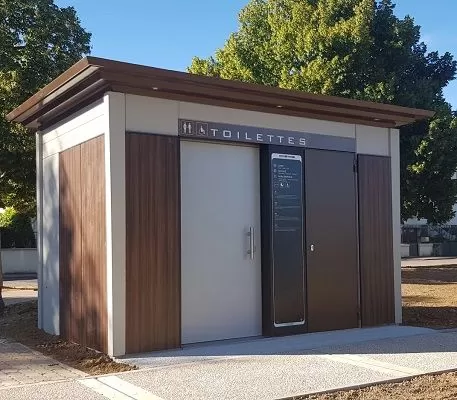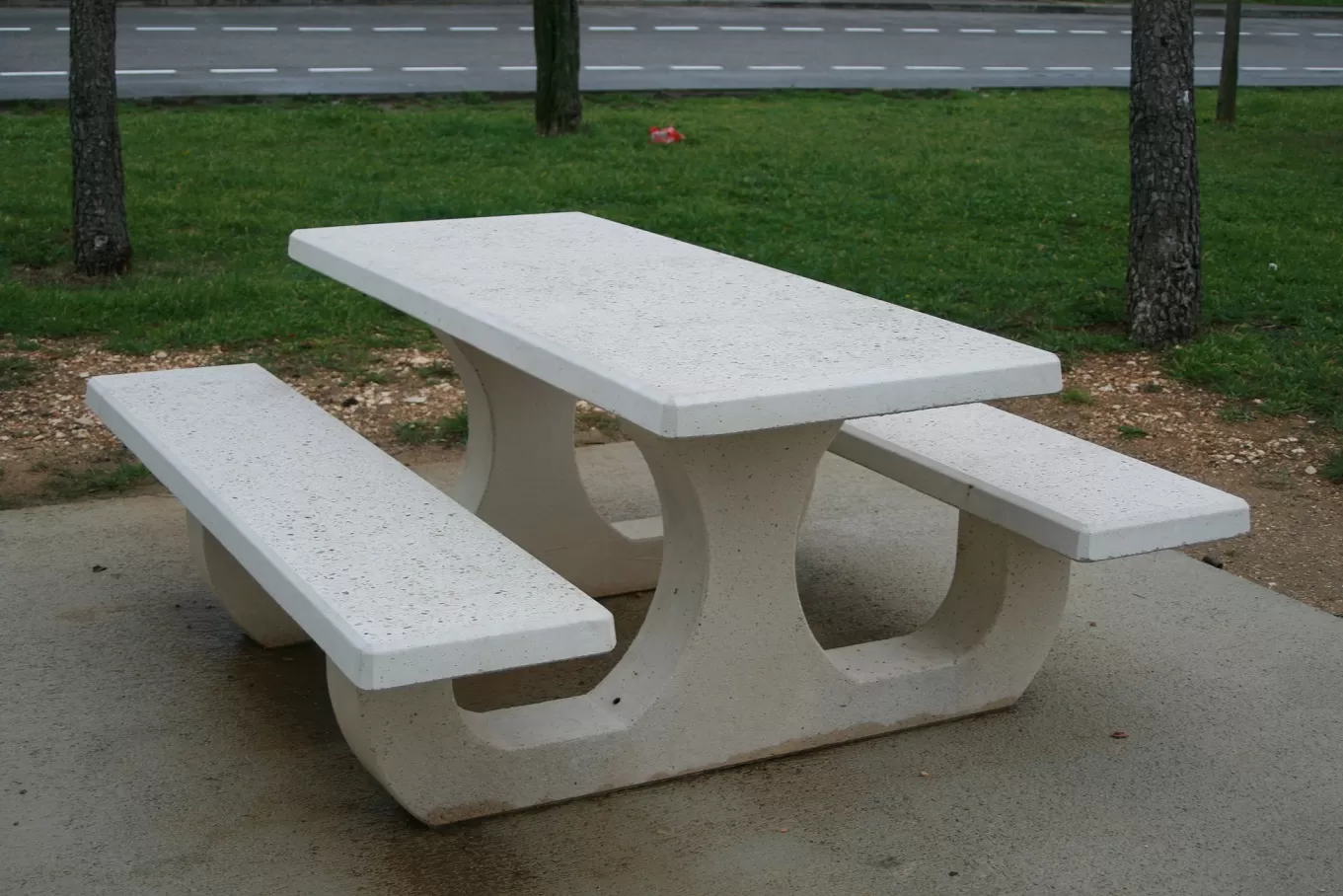900,000 people use carpooling to get to work each day. Despite a slowdown caused by the health crisis, this collaborative method of transport is now booming, requiring the creation of new facilities to cope with it.
Carpooling, a more economical and environmentally-friendly option
Whether for long distances or local trips, between individuals or via an online platform, carpooling is a booming trend. This collaborative practice has a number of advantages but it is primarily economical. In 2016, ADEME estimated the average cost to the user at around 0.07 EUR/km. This makes carpooling the most economical method of travel for passengers over long distances, excluding travel by coach[1]. Today, the French Ministry for the Ecological Transition estimates the savings made by an employee living 30 km from work and carpooling on a daily basis at €2,000 per year[2].
What is more, reducing individual car use in favour of carpooling helps to reduce the carbon footprint from transport, currently the biggest contributor to the national footprint[3]. In 2018, the emission of 272,746 tonnes of CO2 was therefore avoided in France thanks to long-distance carpooling, according to BlaBlaCar[4].
From a practical point of view, carpooling can also help to reduce congestion at peak times and encourage more cautious driving behaviours that respect the highway code.
The development of carpooling areas
Carpooling is a perfect complement to public transport and a new way of thinking about mobility. However, it also poses new planning challenges. To encourage this method of transport, local authorities are setting up carpooling areas to provide a better framework for the practice and avoid potentially hazardous parking situations.
There are now over 2,000 carpooling areas and car parks[5] in France, and this number is set to rise. Various types of rest areas are springing up across the country: ""rustic"" rest areas with a capacity of 5 to 10 spaces and a minimum level of facilities; ""intermediate"" rest areas, which can accommodate between 10 and 30 vehicles and offer a limited number of services; and “structural"" rest areas, with a capacity of over 30 spaces and a high level of services[6].
These new types of rest areas - in particular the structural ones - require public toilet facilities. With over 35 years of experience in public toilets, Francioli, a Citygie company, is being approached by local authorities to install units that meet their needs in terms of hygiene and cleanliness, universal accessibility, durability and respect for the environment.
Further information
What are the benefits of outdoor public toilets?
[1] ADEME, Synthèse technique relative au développement du covoiturage régulier de courte et moyenne distance, September 2016.
[3] https://ree.developpement-durable.gouv.fr/themes/defis-environnementaux/changement-climatique/empreinte-carbone/article/l-empreinte-carbone-de-la-france
[4] BlaBlaCar, Zero Empty Seats, 2019.
[5] https://www.data.gouv.fr/fr/datasets/aires-de-covoiturage-en-france/
[6] ADEME, Synthèse technique relative au développement du covoiturage régulier de courte et moyenne distance, September 2016




